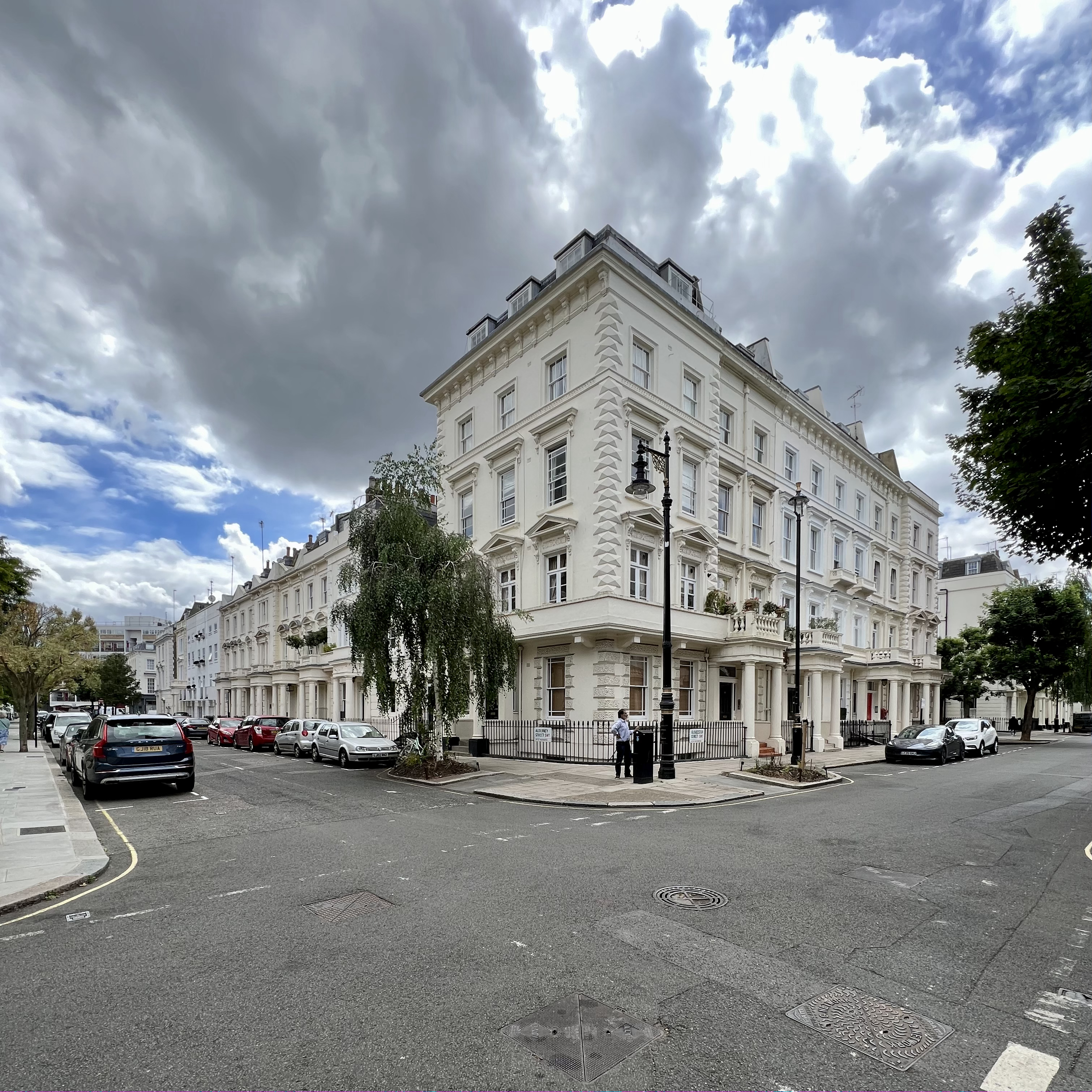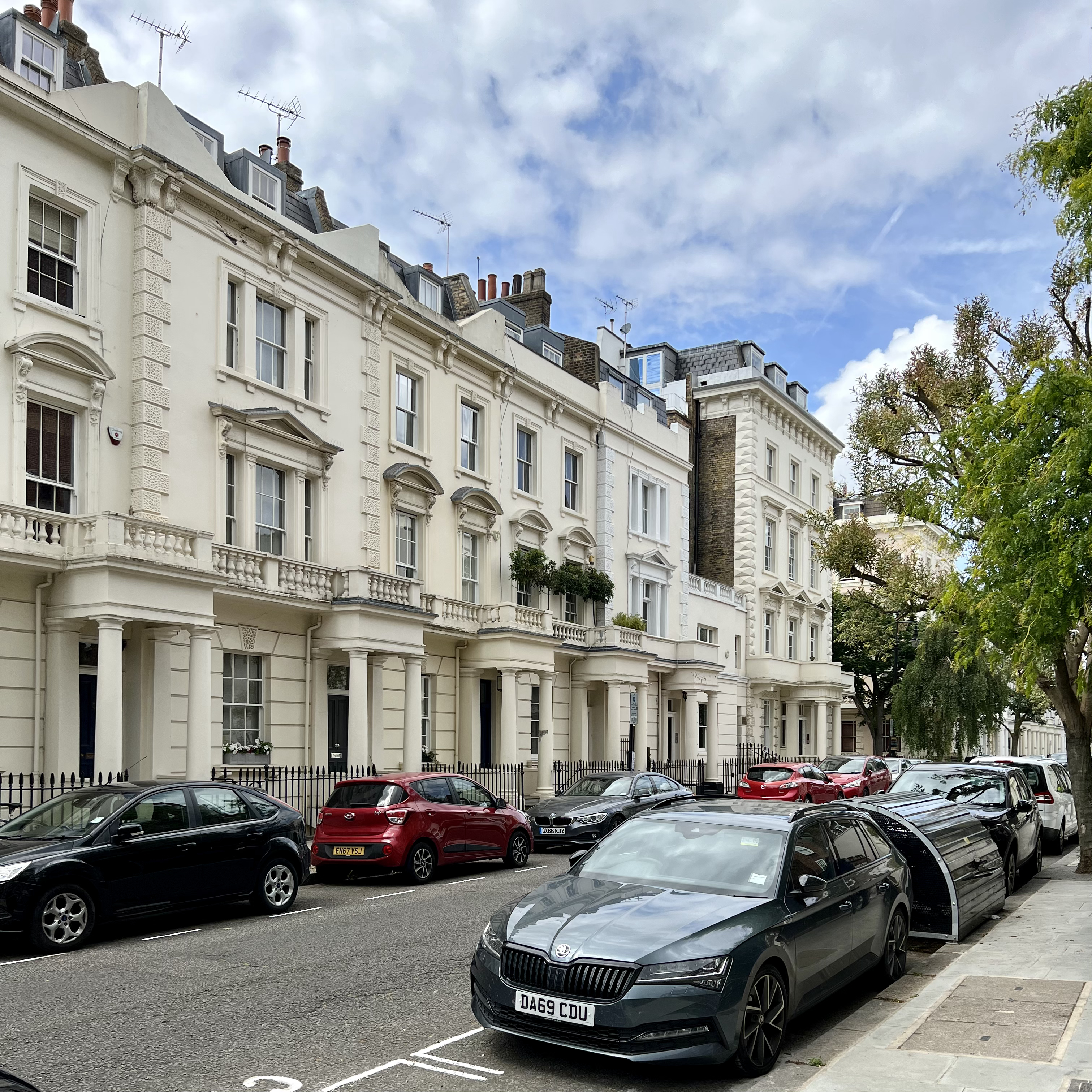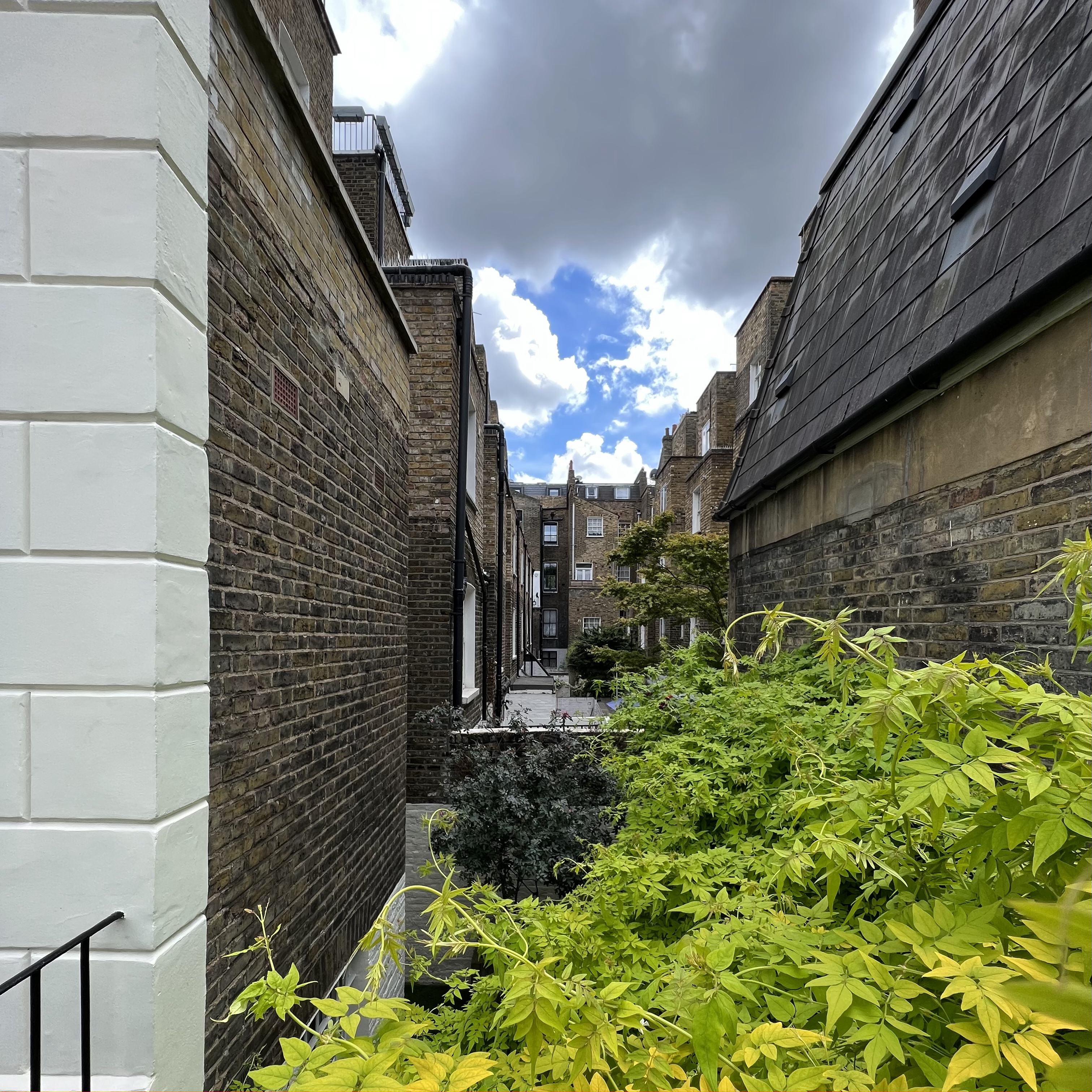
We are delighted to be appointed for another application in the historic area of Westminster, London. Alderney Street is located in Pimlico, Westminster, in the heart of the #PimlicoConservationArea.
The property, and local area, is a fine example of London architecture. ‘Thomas Cubitt’ was contracted to develop the area in 1825, where he developed a grid of handsome white stucco terraces and garden squares. (REF: extract below from the ‘Voice-Map’ on line, walks of London)

This client came to us through searching for RIBA chartered Architects, that had a successful record in Westminster and Central London, in conservation areas and with listed buildings.
We had the opportunity to present ourselves on ‘Zoom’, then suggested a meeting face to face with our client to showcase our relevant portfolio and recent work. We then visited the property, met with the family to understand the requirements, to commence the development the stage RIBA stage: 00,01 ‘strategic definition, preparation and brief’.
Initially we will be looking at small, medium and large options for phasing the works, whilst in parallel approaching Westminster archives and undertaking the enchanting historical research.
as always, we focus on….. #addingvaluethroughdesign .

Extract from ‘voice-map’: PIMLICO
During the nineteenth century, the area of Pimlico was ripe for development and in 1825 ‘Thomas Cubitt’ was contracted to develop the area. He developed a grid of handsome white stucco terraces and garden squares. He utilised a very modern method for its day for construction, employing all the trades needed within his company to complete the process rather than subcontracting the various specialists.
An 1877 newspaper article described Pimlico as genteel, sacred to professional men… not rich enough to luxuriate in Belgravia proper, but rich enough to live in private houses.” Its inhabitants were “more lively than in Kensington… and yet a cut above Chelsea, which is only commercial.”
Because it was originally populated by those aspirational middle classes who couldn’t afford to live in affluent Belgravia, Pimlico as an area met with some derision by the “wits” of the day. One such was the author G K Chesterton and I’ve used part of his quote as the title of the tour, in full it reads “If men loved Pimlico as mothers love children, arbitrarily, because it is theirs, Pimlico in a year or two might be fairer than Florence.”
Pimlico enjoyed lasting notoriety when it was the setting for the 1949 film “Passport to Pimlico” a British comedy film made by Ealing Studios and starring Stanley Holloway, Margaret Rutherford and Hermione Baddeley. The story concerns the unearthing of treasure and documents that lead to Pimlico being declared a legal part of the House of Burgundy, and therefore exempt from the post-war rationing or other bureaucratic restrictions active in Britain at the time. Had the film used locations in Pimlico, then I would have included them in this tour, but as usual in the movies, what you see is not necessarily reality as the film was shot on location in Lambeth in South London.


